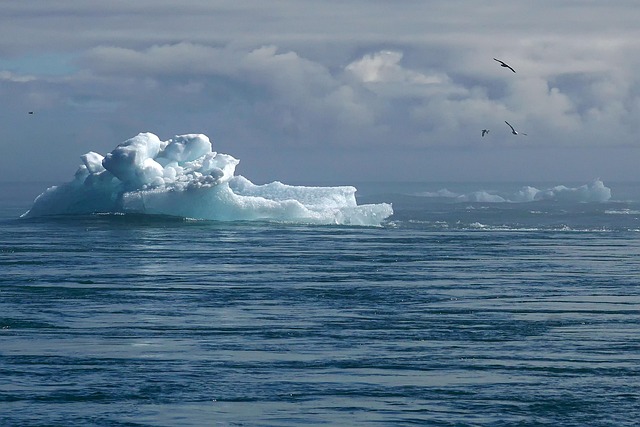The world we live in is undergoing a seismic shift, with climate change manifesting its effects at an alarming rate. One of the most visible indicators of this crisis is the melting of polar ice caps and glaciers, a stark reminder of the consequences of our actions. The reality is that climate policy plays a crucial role in addressing these urgent environmental issues, and understanding its impact is vital for everyone concerned about our planet’s future.
To grasp the implications of climate policy on melting environments, we must first acknowledge the intricate relationship between human activity and the natural world. As greenhouse gas emissions reach unprecedented levels, we are witnessing accelerated warming trends that have led to the rapid decline of ice formations. When policymakers implement effective climate policies, they can mitigate these harmful effects, but this requires a collective effort and a profound commitment to sustainable practices.
Consider the ramifications of ambitious climate policies such as the Paris Agreement, which aims to limit global warming to well below 2 degrees Celsius. The implementation of such strategies is crucial for reducing carbon footprints and promoting renewable energy sources. As nations come together to make binding commitments, we can envision a future where our melting environments are preserved and revitalized. This interconnected approach to climate solutions not only benefits polar regions but also has a cascading effect on ecosystems worldwide, creating a ripple of positive change.
However, the effectiveness of climate policy is often hindered by political, economic, and social challenges. Lobbying by fossil fuel industries, public skepticism, and short-term economic interests can obstruct meaningful advancements. It is essential for citizens to advocate for transparency and accountability in climate policy decisions, pushing for the urgent measures needed to combat the plight of our melting environments. A strong public voice can influence policymakers to prioritize long-term sustainability over immediate gain.
Moreover, education plays a pivotal role in shaping public perceptions of climate policy. By informing communities about the dire consequences of climate change and the importance of robust legislation, we can foster a culture of environmental stewardship. Grassroots movements and educational programs have the potential to unite individuals, amplifying efforts to protect our planet through effective and innovative climate policies.
As we reflect on the melting ice sheets and glaciers that symbolize our warming world, we must recognize our responsibility to act. Our commitment to credible climate policy not only determines the fate of our polar regions but also dictates the overall health of the environment. It’s a call to action for everyone, from policymakers and businesses to individuals, to prioritize sustainable choices in our daily lives.
The time is now to engage in conversations about climate policy and its far-reaching impacts. Together, we can advocate for a future where melting environments are not a symbol of failure, but a testament to our collective will to create a thriving, balanced world. Through awareness, education, and action, we can unlock solutions that ensure the icy realms endure for generations to come.



